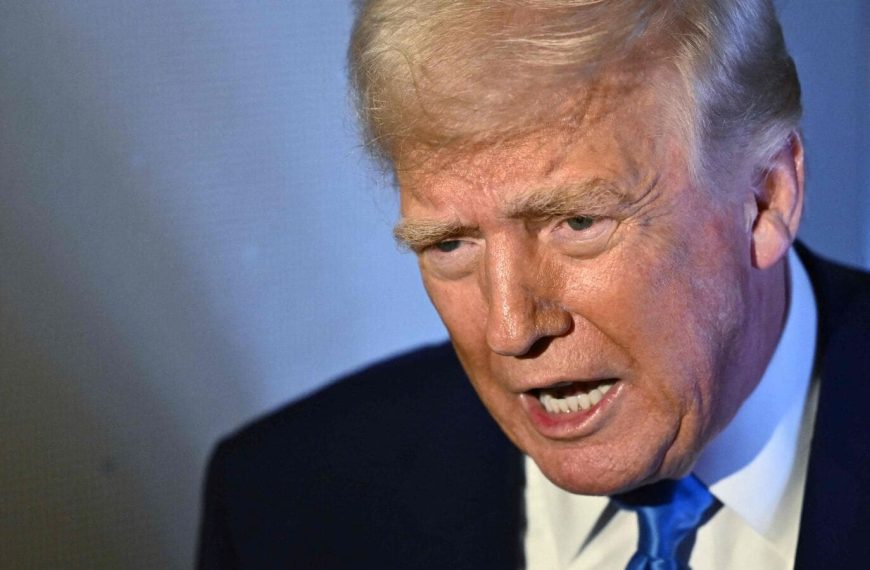In a recent analysis by Elara Capital, the financial outlook for state budgets in 2025 reveals a significant shift in capital expenditure plans. The report examines the budget documents of 18 states and indicates a projected decrease in collective capital outlays, echoing trends seen in this year’s Union budget. As states grapple with financial constraints, their total capital outlay is anticipated to decline by 15.9% year-on-year for 2025-26, a stark contrast to the 23.4% growth average observed in the previous two years.
Understanding State Capital Outlays
Despite the overall decrease, the capital outlay as a percentage of Gross State Domestic Product (GSDP) remains stable at 2.8%, slightly above the 2.7% recorded in 2024-25 (Revised Estimates). However, with only 54.3% of the revised estimates utilized by January in the current financial year, achieving the targets for 2024-25 appears increasingly unlikely.
Key sectors poised for investment include:
- Water supply
- Sanitation
- Irrigation
Conversely, funding for road infrastructure is experiencing a notable reduction. Elara Capital suggests this shift from traditional sectors like roads to emerging areas such as digital infrastructure and urban development will benefit diversified infrastructure companies more than those focused solely on road projects.
Future Projections for Union Capital Expenditure
Looking ahead, the Union’s capital expenditure is projected to grow by 10.08% in 2025-26, following a remarkable 30% growth from 2020-21 to 2023-24.
Variances Among States
The report highlights significant variances in capital outlay across states:
- Maharashtra anticipates an 11.1% decrease in capital outlay for 2025-26 after a year of overspending.
- Bihar and Assam will see reductions of 7.2% and 13.4%, respectively.
- Himachal Pradesh faces a staggering 55% cut.
On a brighter note, states such as Andhra Pradesh, Gujarat, and Uttar Pradesh are forging ahead with ambitious capital investment strategies. Andhra Pradesh leads the charge with a remarkable 68.8% increase in capital projections, followed by Gujarat at 36.1% and Uttar Pradesh at 11.9%.
Conclusion
Capital expenditure, often referred to as capex, is critical for establishing long-term assets essential for economic growth. As states navigate these budgetary challenges, the focus on sustainable sectors may redefine the landscape of infrastructure development in India. This evolving scenario highlights the importance of strategic investment in emerging sectors to foster economic resilience and growth.











